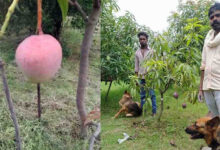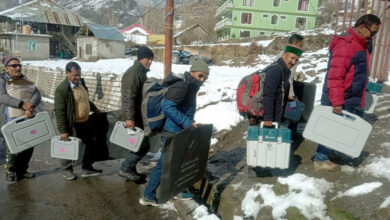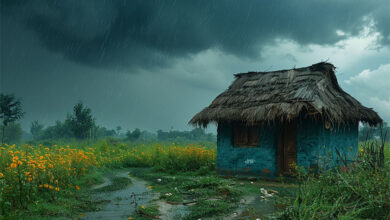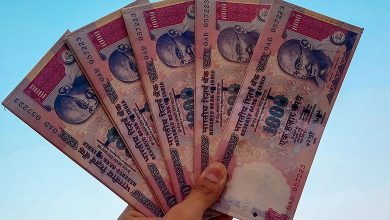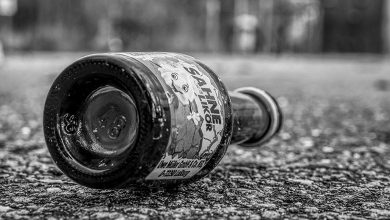Usage of Vedic plaster in homes recommended by saints
Vedic plaster is a mixture of cow urine, cow dung, lime, jaggery, honey, and gypsum and is applied on brick walls in the form of plaster.

Seers and saints in Prayagraj are promoting the concept of ‘Vedic plaster’ in the construction work.
Vedic plaster is a mixture of cow urine, cow dung, lime, jaggery, honey, and gypsum and is applied on brick walls in the form of plaster.
Vedic plaster is an organisation which makes this plaster for walls without using the conventional method of components.
The Vedic plaster has been applied at the Kinnar Ashram in Prayagraj.
Mahamandleshwar Kaushalya Nand Giri, member of UP State Kinnar Board, told reporters, “Vedic plaster has its importance and relevance for all the houses, ashrams and buildings as it kills germs and harmful insects. Vedic plaster also prevents infection and generates positive energy within the four walls of the building.”
She further said: “Since ages, people used to apply cow dung and urine to whitewash their walls and sweep the floors in village and even urban areas after acknowledging its strengths to kill germs and insecticides. We are now following the same tradition to protect ourselves from infection, bacteria, virus and several types of ailments through Vedic plaster”.
She further explained, “The thermal insulating properties of cow dung plaster have a cooling effect in summers and keep houses warm in winters. The Vedic plaster also acts as an air purifier and releases positive energy in the house. The radiation shielding properties also make it all the more favourable and acceptable for the residents by protecting them from harmful rays.”
Besides, Vedic plaster is cost-effective and cheaper than cement plaster.
As the concept of Vedic plaster is gaining popularity, saints and seers are all set to apply it in their respective ashrams ahead of Kumbh 2025.



